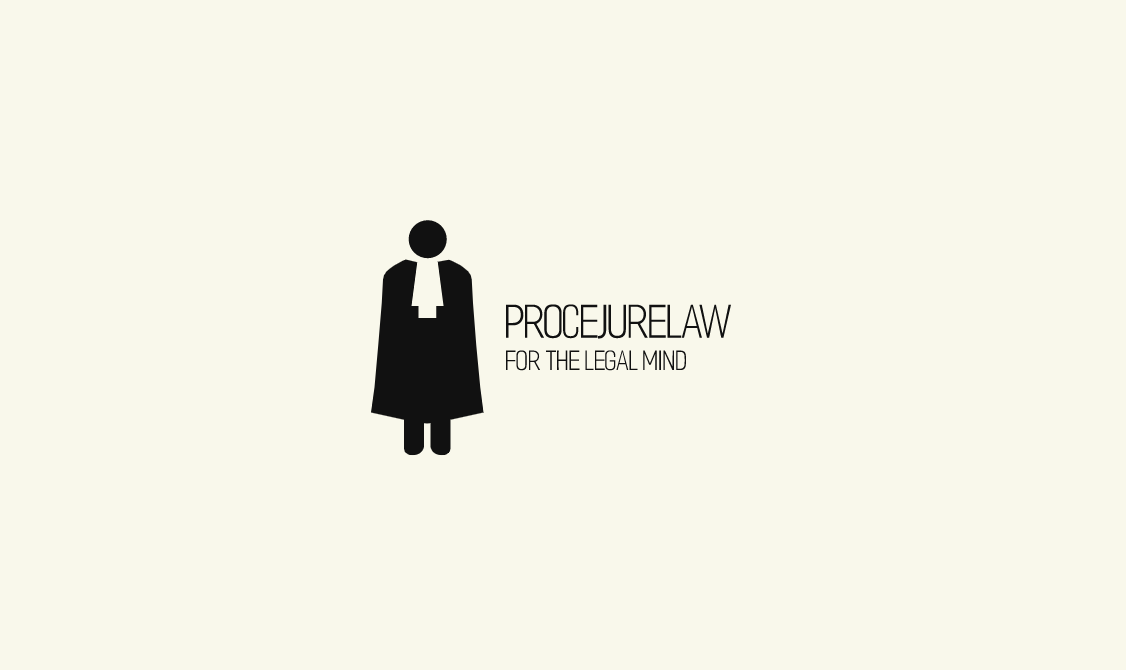Throughout the history of humanity, societies have used capital punishments as a tool for punishing the most heinous of the offences committed within a closed community. While capital punishment is still practised in contemporary times, many countries have abolished it.
In countries like the US, many states have temporarily put an end to capital punishment considering it to be a cumbersome tool for taking away a person’s life which, if considering the natural law paradigm, is not viable.[i] In India, there have been propositions to capital punishment to an end. Considering the moral complexities and depth of emotions related, the death penalty is a controversial matter all over the world. In this article, we would deal with what essentially capital punishment is, the notions attached to it, and other relevant matters of discourse.
The Jurisprudence of Capital Punishment
Capital punishment, also known as the death penalty, is the execution of an offender after he/she is convicted for some grave inhumane offence (generally criminal). Derived from the Latin words “capitalis” meaning “head”, to put in context simply, it is “execution by beheading”.[ii] Now considering the principles of due process of law, capital punishment is sometimes interchangeable with the term death penalty, which in several nations also indicates the penalty of life imprisonment. Therefore, there has always been heated debate as to what sentence amounts to Punishment by death.[iii] In the Indian legal precinct, law related to a death sentence is clearly laid down thus, skirting the confusion, using it only for the gravest offences and in the “rarest of the rare cases”.
As of now, around 60 countries favour and use Capital Punishment in their justice delivery system. On the flip side, 106 countries, have entirely abolished it for all crimes, and eight have removed it for ordinary crimes while using it in “rarest of the rare cases”.[iv] There is also a divided frame of thoughts of jurists around the globe, citing humanity as a reason.
The History behind Capital Punishment
Capital punishment has been used as a method of punishment since the ancient Greeks and the Romans. It was used mainly for incorrigible offenders and was applied to a wide range of offences like murder, treason, and the like. The Babylonian Code has dealt explicitly with Capital Punishment under its principle of “an eye for an eye” which was much in line with the legal principle of lex talionis (talion), both essentially meaning to maintain the proportionality of Crime and Punishment.[v] In England, during the 17th and 18th centuries, capital punishment was made formal punishment to deal with the most heinous crimes of that time.
From ancient times up until the 19th century, societies have indeed used capital punishment in one form or another, some being more cumbersome than the other. For instance, in Rome, capital punishment was deloivered by drowning the offender or by crucifixion. In ancient China, people who committed heinous crimes were “sawed in half” or were subjected to “death by thousand cuts”. In Europe, boiling in oil, burning at the stake, decapitation, hanging were common ways for capital punishments.[vi] It is also to be noted here that historically capital punishment was a public event and the bodies were often displayed until they rotted. This practise was banned in England in 1868 and the US in 1931. By the end of the 20th century, lethal injections or gas chambers were made the tools for capital punishment, considering them a bit more humane than the other methods. In India, Hanging is the method of the death penalty, but it is given only in rarest of the rare cases.
The Notion behind Capital Punishment: It’s Pros and Cons
PROS
1. To prevent violent crimes in the society, a strong deterrent is required. The goal of having laws is to deter citizens from commiting crimes. This deterrent could be capital punishment which is used in cases of a rarity and sets an example that if ever such acts are repeated, the consequences would be dire. It would also help prevent the crime from happening in the first place.
2. There are cases of horrific crimes that are beyond the point of rehabilitation. For such cases, capital punishment is not only the deserved end equivalent to the crime committed but also provides safety for the rest of society. It also prevents the commission of such crimes in the distant future.
3. The death penalty eliminates the chance of escape for the consequences of a criminal’s actions. It reduces the possibility of an illegal escape.
CONS
1. Capital Punishment, many a time, does not show its effect on the rates of violent crime. It is quite ironic, but the states with most executions have the highest murder rates. It is, for this reason, capital punishment seems ineffective for the motive it was created.
2. In a country like India, where in many cases justice seems to be an ideal type which is hard to get, there are many cases where innocent people come within the clutches of Death Penalty. Though an exact number for such cases is impossible to be checked, this is a fact that cannot be denied.
3. Capital punishment takes away the right of a criminal who may prefer to get rehabilitated. It eliminates such possibilities where a person who is not a habitual offender can seek a chance to rehabilitate. It assumes that nothing can be done about an offender who is simply in violation of his/her rights.
Concerning the pros and cons of Capital Punishment, it is to be noted here that they are often based on subjective values. While some societies see it as the only deterrent to crime, others believe that there are other instruments as well, which could be implemented to lower the crime rate by deterring the very criminality itself.
Capital Punishment in Contemporary World
Despite the Anti-Capital Punishment Movements, specifically in Germany and the UK, many countries have still retained it as the final recourse for punishing only in the “rare cases”. For 30 states, cases of drug trafficking, have been made an offence punishable by way of Capital Punishment if the amount of drugs recovered is greater than the monetary value. Singapore has by far the highest rate of execution in drug cases which is three-fourths of all the cases of 2000. In cases of economic crimes, around 20 countries use capital punishment. Sexual offences of various kinds are punishable by death in more than 24 countries, one of which is India as well.[vii]
In the United States, where 60% of its states have retained the death penalty, about 2/3rd of all executions since 1976 have been made in only 6 states.[viii] Although the number of executions worldwide varies annualy, countries like Belarus, Congo, Iran, Saudi Arabia, Singapore have used Capital Punishment quite recurrently.[ix] India has till date retained the death penalty and carry out executions from time to time in rarest of the rare cases the recent being in the Delhi Rape Case.
In cases of Minors committing crimes, there are only a few countries that allow execution(generally, Monarchical) because the executions of Minor Offenders are strictly prohibited under the Convention on the Rights of the Child and the International Covenant on Civil and Political Rights.[x]
Conclusion
In light of all the submissions being made the purpose of the death penalty is quite clear that is to punish the most heinous of crimes proportionately, thereby establishing an example. It can be said that capital Punishment stands justified in India because of its use in rare cases and are not only justifiable for the offender but also the society at large. It is impactful and society learns a lesson from it. Considering the Indian scenario, it would not be right to abolish capital punishment, and considering the rare usage, it stands firm on its notion of making a difference in the society by setting examples in cases of grave crimes.
[i] Lucas A. Powe, “Capital Punishment”, America’s Lone Star Constitution: How Supreme Court Cases from Texas Shape the Nation, 1st ed., University of California Press, Oakland, California, 2018, pp. 215–236. JSTOR, www.jstor.org/stable/10.1525/j.ctt21668x0.17, (last accessed 15 May 2020, 10:07 AM).
[ii] Ibid.
[iii] ProCon.Org, “Should the death penalty be allowed?” , https://deathpenalty.procon.org/top-10-pro-con-arguments/, (last accessed 15 May 2020, 10:10 AM)
[iv] Legal Services India, “Can Death Penalty be Ever Justified”, http://www.legalservicesindia.com/articles/dp.htm, (last accessed 15 May 2020, 10:05 AM)
[v] Britannica, “Capital Punishment”, https://www.britannica.com/topic/capital-punishment/Capital-punishment-in-the-early-21st-century, (last accessed 15 May 2020, 10:00 AM).
[vi] Ibid.
[vii] The Perspective, “Is The Death Penalty Justified Or Should It Be Abolished?”, https://www.theperspective.com/debates/politics/death-penalty-justified-abolished/, (last accessed 15 May 2020, 10:00 AM).
[viii] Supra Note 1.
[ix] Supra Note 7.
[x] Supra Note 3.
Pratyush Pandey from Rajiv Gandhi National University of Law, Punjab
Editor: vatsala sood


